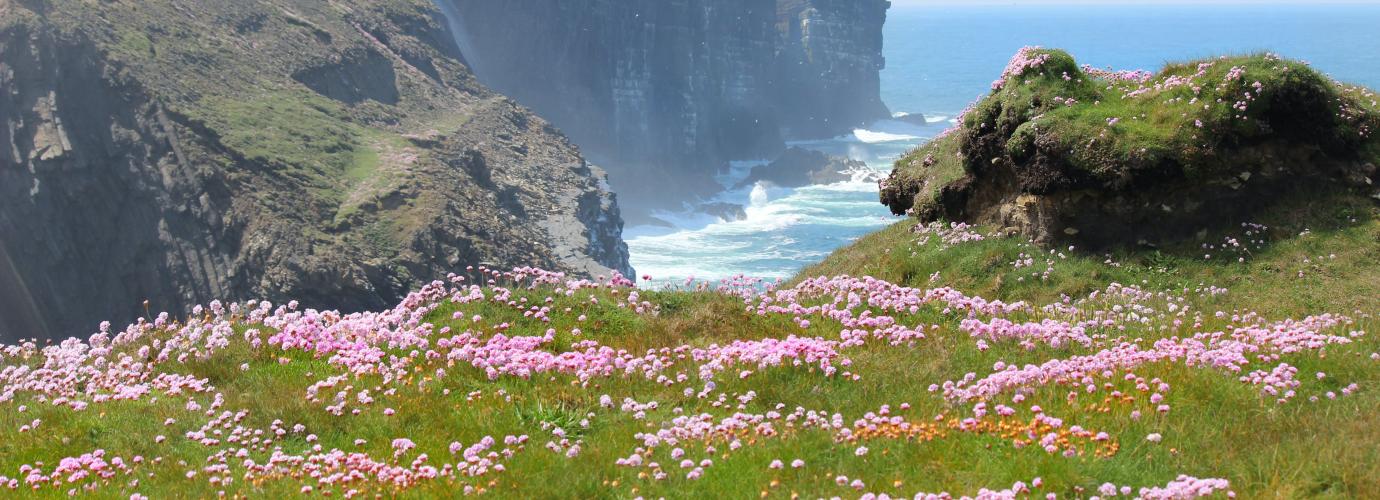Political, Social and Economic Background and Trends
Ireland became a free state in 1922. It is a parliamentary democracy and is governed by the 1937 Constitution of Ireland, called Bunreacht na hEireann in the Irish language. The population of the country in 1926 was 2,971,922 increasing to 5,380,300 by 2024. Both English and Irish are the official languages.
A new era in political and educational developments began for the Republic of Ireland from the latter half of the 1950s and from the 1970s the Irish economy began to grow and GDP began to increase in the years that followed. Since 2008, the Irish economy has had a number of problems including a drop in GDP growth, an increase in unemployment and emigration, a fall in tax revenue, a high level of public debt, and challenges to be addressed in the banking system. A bailout was agreed in November 2010 of €85bn. The recovery plan agreed at that time required a significant cut in public spending, and a range of measures to stabilise finances, return to growth and correct the banking sector. Ireland exited the bailout successfully at the end of 2013.
Unemployment is now 4.1% (Central Statistics Office) having fallen from a high of 15.0% in 2012) and GDP is forecast to grow at 2.5% in 2024 and 2.3% in 2025 (Economic and Social Research Institute). Employment now stands at 2.754m (Q2 2024), an employment rate of 74.4% (Central Statistics Office), compared with a low of 1.825m in Q1 2012. The Government budget surplus was 1.5% in 2023 (Central Statistics Office) and is expected to stand at 1.5% by the end of 2024.

